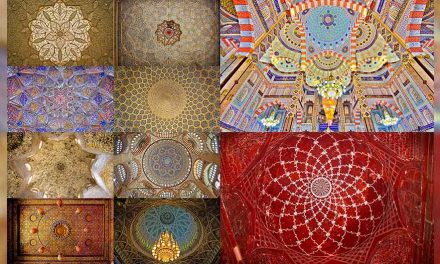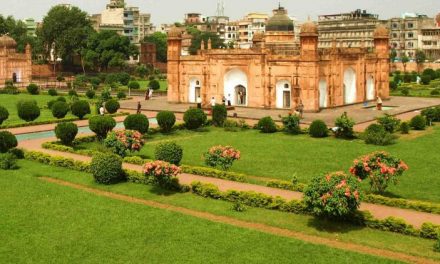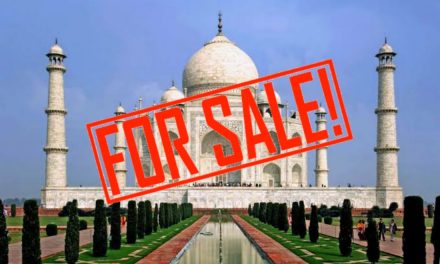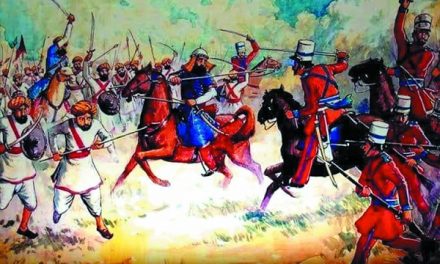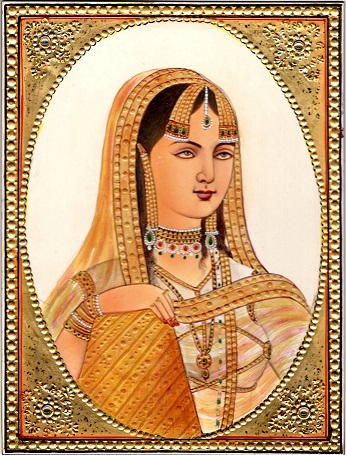
The history of the Indian Subcontinent is rich and varied, full of heroes who have set great examples and made immortal contributions to the development of the land only to be forgotten. Of the many accomplishments of the West, one is that they have spent fortunes on research and preservation of their history and its heroes. The Indian Subcontinent, a land with a history spanning thousands of years, rich in resources that drew the British colonizers like moths, on the other hand has had less luck in that department owing to the lack of knowledge and funds spent on researching its own history.
One of the most well-known histories of the Indian subcontinent is that of the Mughal Empire, especially its greatest leader Akbar, a secular emperor under whom Hindu-Muslim relations thrived and so did the economy. What is lesser known is the story of his mother, Hamida Banu Begum, who raised the emperor and was a massive influence on his secular leadership. She was a resilient woman with an insatiable thirst for knowledge and who sacrificed much of her teenage years helping her husband Humayun regain the power he lost to Sher Shah Suri in the battle of Kannauj. It would not be wrong to say that she was a feminist queen given her intelligence and independence and her contributions to one of the greatest empires in history.
Hamida Banu Begum was born in 1527 to a Persian Shia and a revered sufi Sheikh Ali Akbar Jami, who was the teacher of Mughal prince Hindal Mirza, the youngest son of Babar and Humayun’s step-brother. After losing his kingdom to Sher Shah Suri, Humayun made his way to Paat, an ancient town located in Sindh’s Dadu district and where Hindal resided with his mother Dildar Begum. t was during the time he camped in Paat that a 33-year-old Humayun met a 14-year-old Hamida for the first time and proposed marriage. Hindal vehemently opposed the marriage at first and while many say it was due to an affair with Hamida, in reality he feared that an emperor on the run might not be able to provide a fitting Mehr (a mandatory payment in the form of money or possessions given by the groom to the bride during marriage which remained her property) to Hamida and end up straining their relationship. Surprisingly, Hamida also refused to marry Humayun owing to the glaring age difference between them. She expressed firmly that she seeks a companion closer to her age with whom she would be able to communicate. In fact at Dildar Begum’s insistence that she would be marrying a king, she said that she wanted to marry a man whose collar her hand could touch, and not someone whose skirt she could not even reach. Like the women of her times she was educated, confident and didn’t fear voicing her opinions.
Hamida did give in after forty days of pursuit and became Humayun’s junior wife. Although she had refused to marry him, it was her who accompanied Humayun through his journey to regain the kingdom. Not only was the marriage politically beneficial owing to the support by the Shia groups in wars, she undertook perilous journey with her husband to Umerkot where she gave birth to Akbar. She went on many such journeys with Humayun, the most remarkable of which was their travel to Persia where they visited the shrine of her ancestors and in Iran which was the origin of Safavid Dynasty and returned with an army given to Humayun by the Shah of Iran. During almost three years she did not see her son Akbar and the future emperor recognizing his mother among many women has been very keenly illustrated in the Akbarnama.
Hamida was not only a close companion to her husband who died shortly after returning to Delhi, but also showed great political acumen taking an active role in the upbringing of Akbar who became the next emperor. She was a trusted councillor who forged political alliances to help strengthen Akbar’s rule and cement his position as an emperor. Her contributions to the Mughal Empire is not just limited to being a constant support to her husband and son. She was also a powerful businesswoman and negotiator. She owned her own fleet of ships and many other businesses and her negotiating skills went beyond the political arena. It was her who reconciled Akbar and an estranged Jahangir and negotiated terms to make the relationship more amicable.
However, the most remarkable thing about Hamida other than her resilience, sacrifice and blazing intelligence was her library that consisted of a vast array of books. It was said that the Ramayan was her favorite book and during her lifetime, she had many Hindu manuscripts translated to Persian. It was also said that she had such fondness for Ramayan that she had wanted to read it even at her deathbed. It can also be argued that Akbar’s secular policies and ideas were largely influenced by her. Their bond was so strong that Akbar would carry her palanquin himself and shaved his head after her death.
Hamida Banu Begum was living proof that Mughal women didn’t just dress-up and look pretty but were confident and independent in their own right. She was an avant-garde Queen who consciously or unconsciously promoted secularism, a policy that helped her son consolidate his empire. She was a supportive wife, doting mother and excellent businesswoman. When we talk about female role models and heroes today, let us not forget Hamida Banu Begum who was way ahead of her time.
https://dailyasianage.com/news/234864/hamida-banu-begum-the-feminist-queen?fbclid=IwAR2Bam9NC6XcRwjOHEszT_MQqXHFDC9OhlDgZN501L3qiMUU2uHnxxSYH8Q

